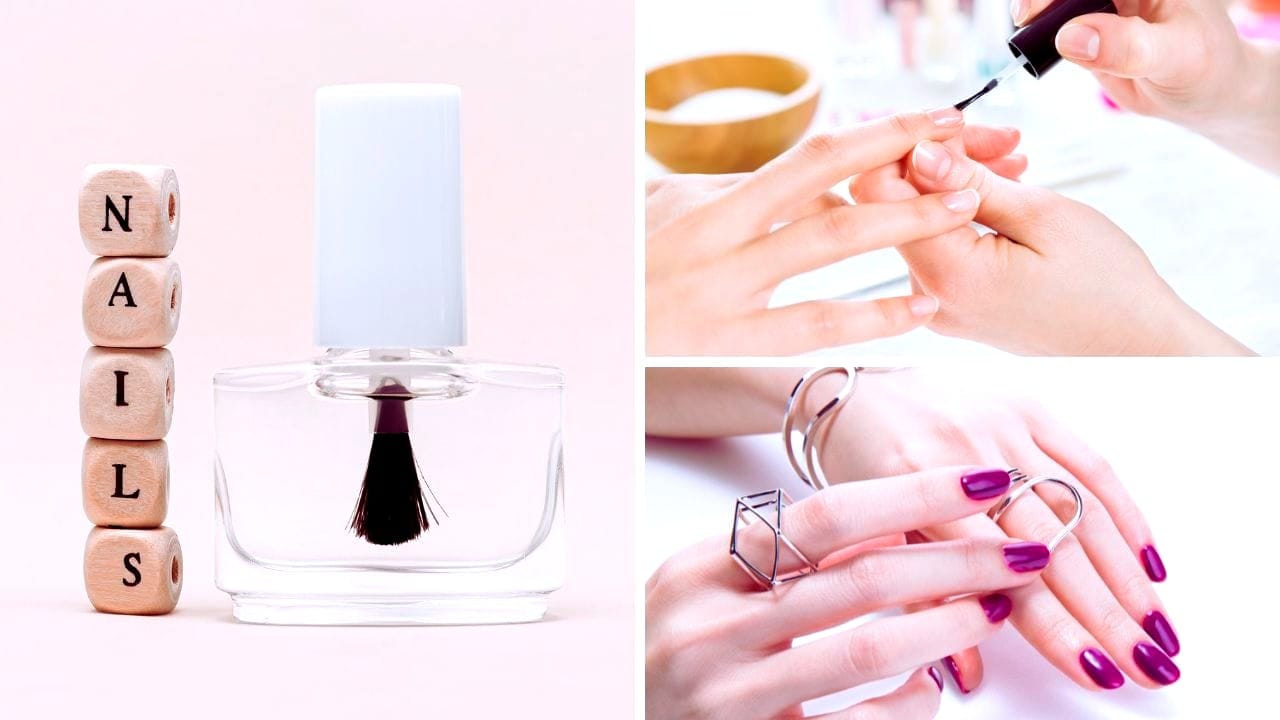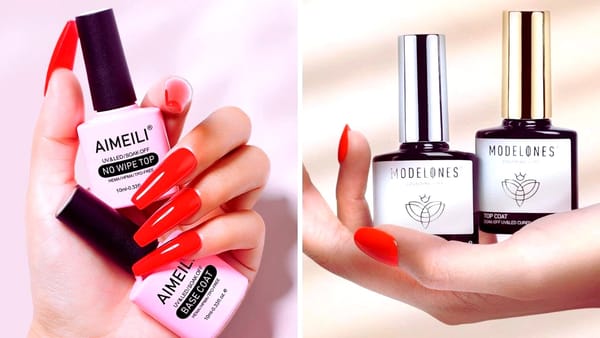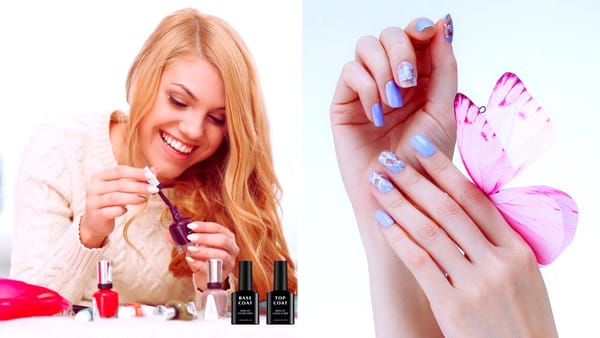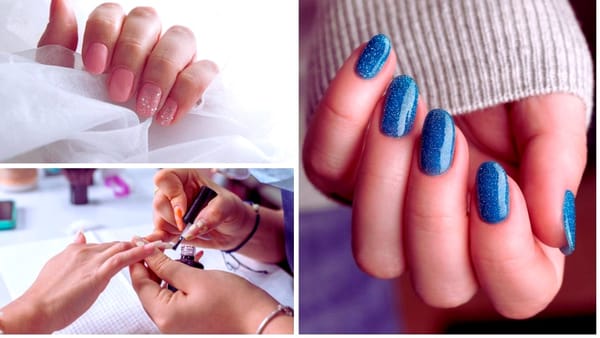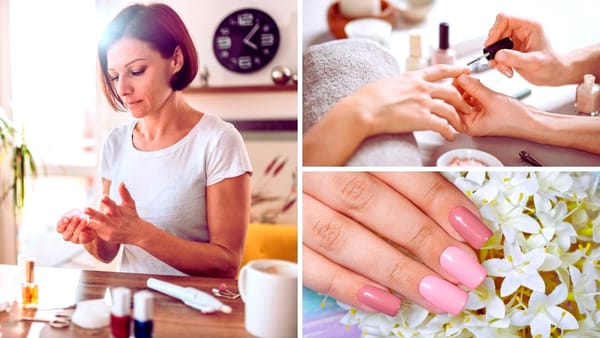Key Takeaways:
- Top coat nail polish acts as a protective layer, enhancing durability and shine.
- It prevents chipping, peeling, and yellowing, extending the life of your manicure.
- Applying a top coat is a crucial final step in a manicure routine for a professional finish.
The Role of Top Coat in Your Manicure Routine
When it comes to a flawless manicure, understanding what top coat nail polish does is essential. A top coat is not just an optional step; it's the guardian of your nail art. It provides a durable layer that shields your color coat from the rigors of daily life. Whether you're typing away at your computer or washing dishes, a top coat helps maintain your nail polish's integrity by preventing chips and scratches.
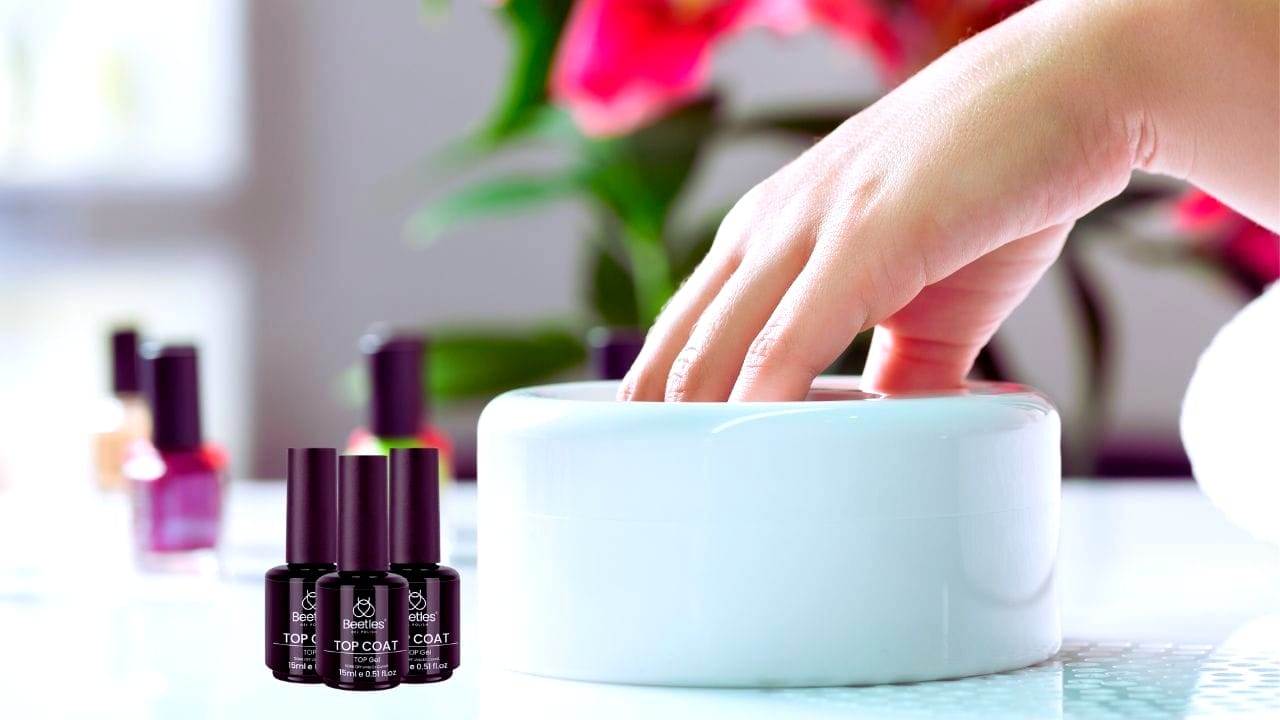
More Than Just Protection
But the benefits of a top coat extend beyond protection. A glossy finish is a coveted look; using a top coat is like adding the perfect accessory to your nails. It adds shine and smoothness, transforming a flat color into a vibrant, eye-catching display, for those who prefer a different aesthetic, matte top coats offer a chic and modern finish without the shine.
The Chemistry Behind Top Coats
Nail polishes consist of a sticky consistency that adheres to the nail surface. Then, the top coat enters the scene to seal and protect the color and add a glossy or matte finish, depending on your preference. The chemistry of top coats is designed to create a hard shell when dried, which helps to keep your manicure looking fresh and reduces the nail polish's drying time.
A Shield Against Yellowing and Staining
Natural nails can become stained easily, especially when using darker nail polish shades. A top coat is a stain-resistant barrier, preventing pigments from penetrating the nail bed. Additionally, it helps to prevent the yellow tint from prolonged polish wear or exposure to the sun.
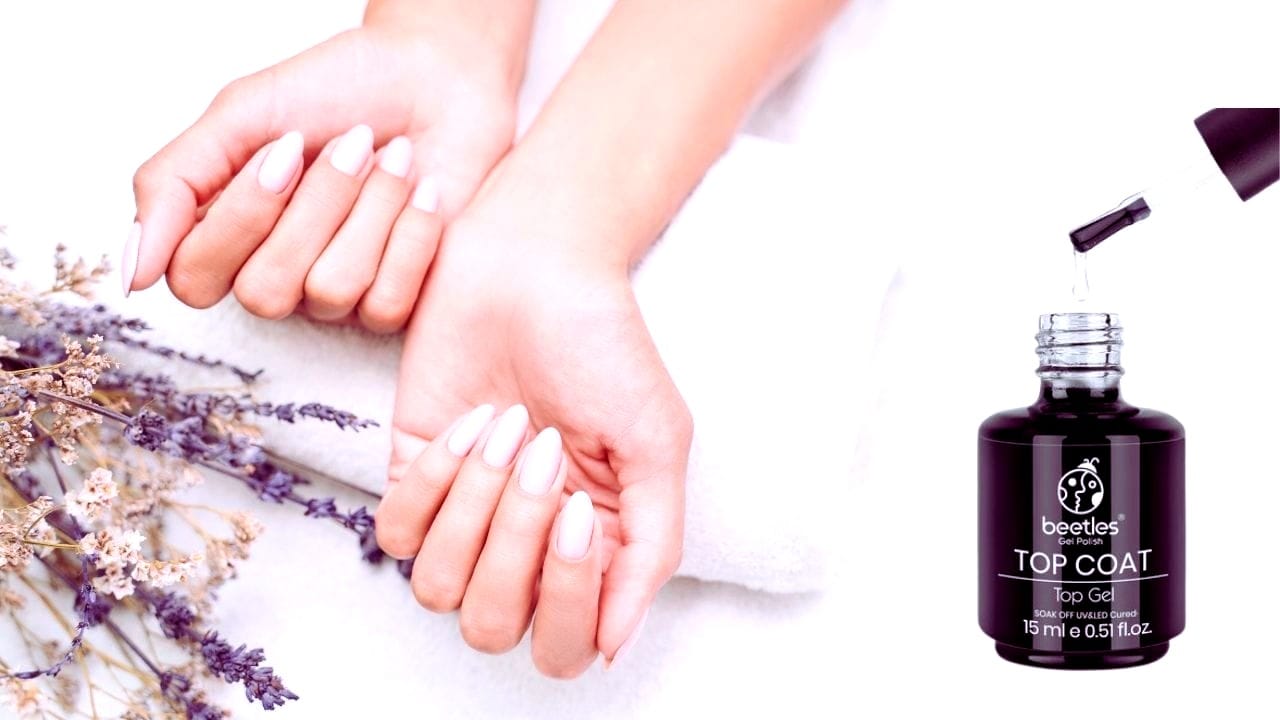
The Evolution of Top Coat Formulas
Top coats have come a long way from their humble beginnings. Initially, they were designed to add a layer of shine and minimal protection. Full coat nail polish serves many purposes, from speeding up nail polish's drying time to providing a durable layer that defends against daily wear and tear. Innovations in chemistry have allowed for the development of top coats that enhance the appearance of nail polishes and contribute to the natural nail's overall health.
The latest formulas boast features like UV protection to prevent yellow tints and advanced plasticizers that give nail polish a flexible yet glossy finish. These advancements mean that a top coat is no longer just an optional step in a manicure routine; it's a crucial component that can extend the wear time of your manicure and keep your nails looking pristine. Whether you're a nail tech or a DIY enthusiast, understanding the evolution of top coats can help you choose the right top coat for your needs.
The Art of Layering: Base Coat and Top Coat
Layering your nail polish with base and top coat in a particular order is critical to achieving a salon-quality manicure at home. Starting with a base coat protects your nail beds from staining and provides a smooth canvas for the color coat. Think of it as a primer that ensures your nail polish color adheres better and looks more vibrant. Moreover, a good base coat can help reinforce damaged and weak nails, creating a stronger foundation for the rest of your manicure.
Enhancing Longevity: How Top Coat Nail Polish Lasts Longer
One of the main functions of a top coat is to extend the wear time of your nail polish. Creating a seal over the color coat discourages chipping and peeling, allowing you to enjoy your manicure for days, or even weeks, longer than without it. This is especially important for those with busy lifestyles who may not have the time for frequent touch-ups.
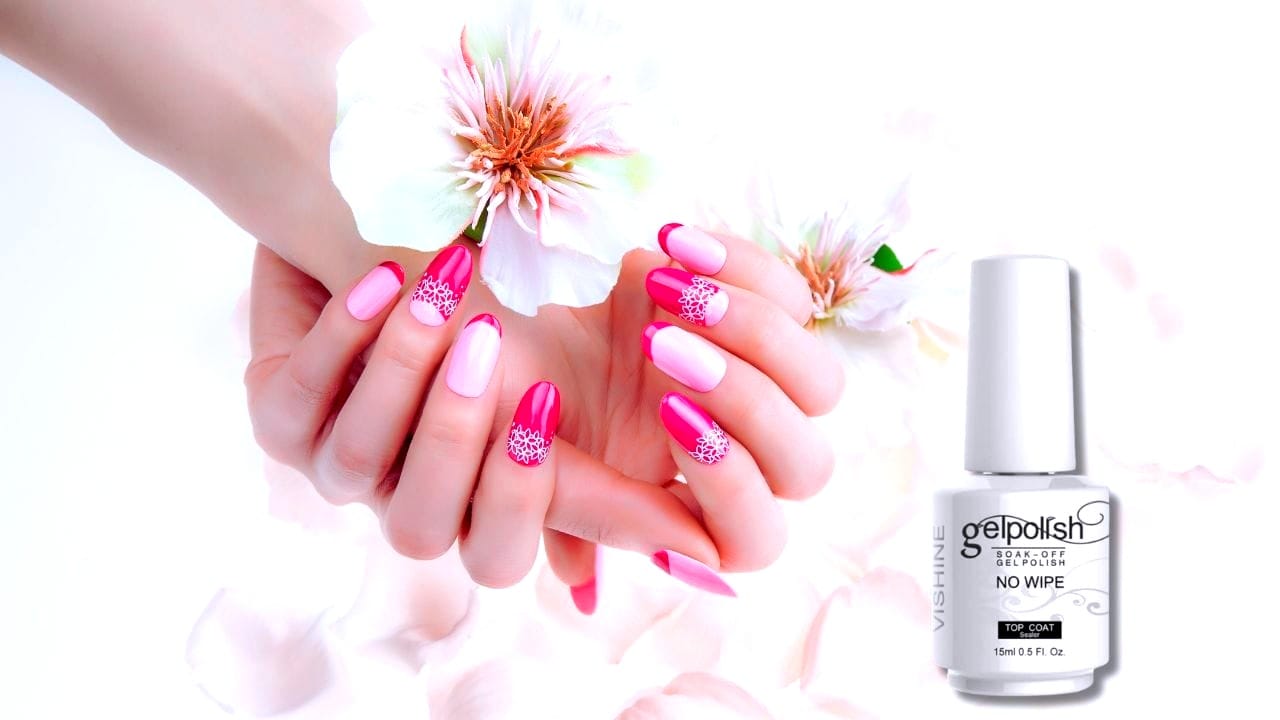
The Importance of Base Coat Before Top Coat
Before diving into the top coat, it's crucial to mention the role of the base coat. A base coat protects the natural nail from discoloration and provides a smooth canvas for the color coat. The foundation ensures your top coat and color perform at their best.
Nail Health and Top Coats
For those with damaged and weak nails, a top coat can provide an extra layer of strength. While it's not a treatment, the additional coat can help to reinforce the nail plate, offering some support against breaks and splits. It's a simple way to give your nails a few reasons to stay healthy while looking polished.
The Final Step: Applying the Top Coat
Applying the top coat is the final step in the polish manicure process. The finishing touch seals in the color and design, providing a smooth and protective layer. The right top coat will add shine and ensure that your manicure withstands the test of time and exposure to elements like water and chemicals.
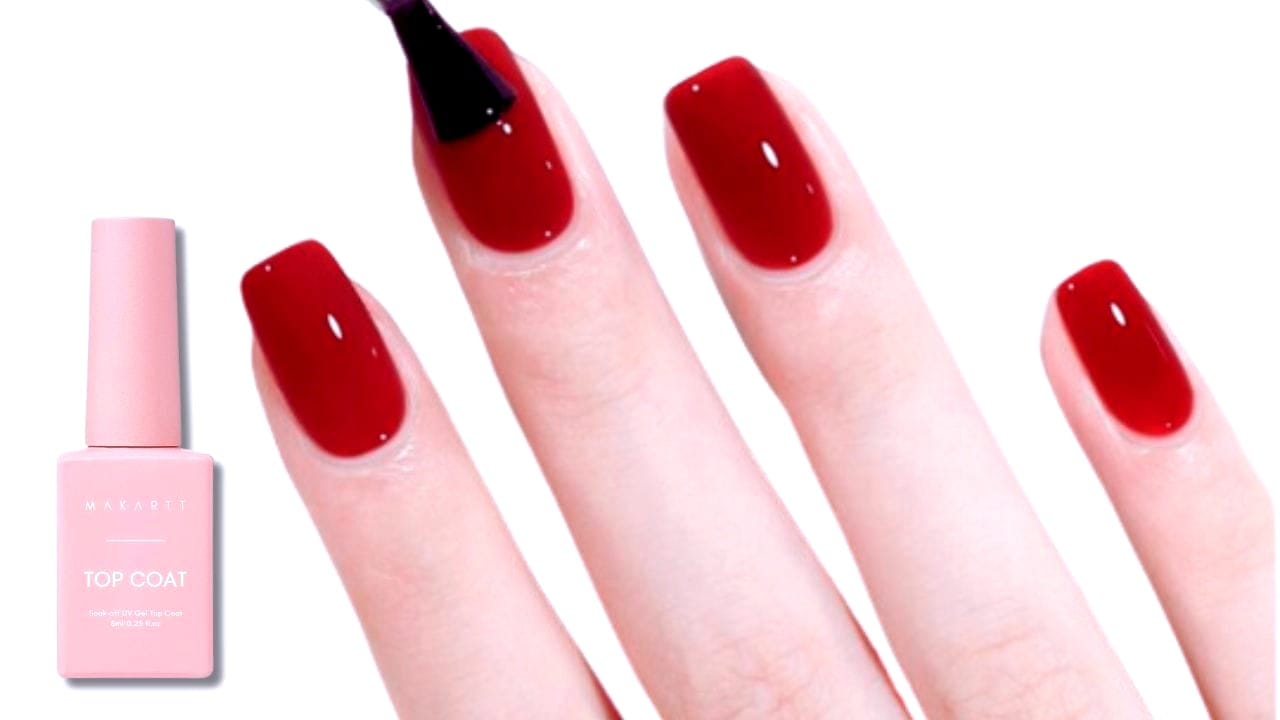
Choosing the Right Top Coat for Your Nails
With many top coats available, selecting the right one can be daunting. Consider your lifestyle and the demands you place on your nails. If you're often in water or use your hands a lot, look for a top coat that's extra durable and chip-resistant. For those who love nail art, a top coat that doesn't smudge and has a quick drying time would be ideal.
Summary
Top-coat nail polish is a game-changer in any manicure routine. It serves as a protective shield, enhances the appearance with a glossy or matte finish, and extends the life of your nail polish. By preventing chips, scratches, and stains, a top coat ensures that your nails look professionally done for longer. Remember, the right top coat can make all the difference in achieving that salon-quality look at home.
FAQ Section
Can I use a top coat as a base coat?
No, top coats and base coats are formulated differently. Base coats are designed to adhere to the natural nail and prevent staining, while top coats seal and protect the color coat. Using them interchangeably would not provide the intended benefits.
How often should I apply a top coat?
For best results, apply a single top coat after your color coat has dried. You can add layers every few days to maintain the shine and extend the wear time of your manicure.
Does a top coat prevent all types of nail damage?
While a top coat does provide a layer of protection, it's not a cure-all for nail damage. It can help prevent surface-level issues like chipping and staining, but it won't repair already damaged nails. Maintaining healthy nail care practices and using a top coat are essential.
